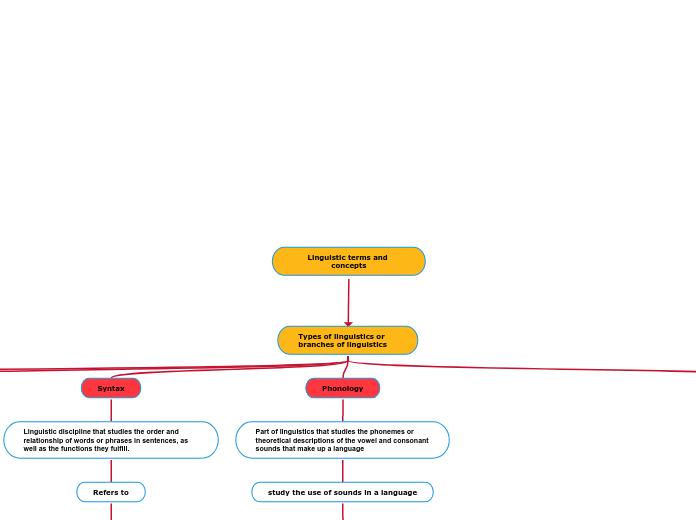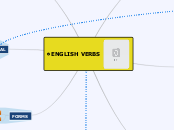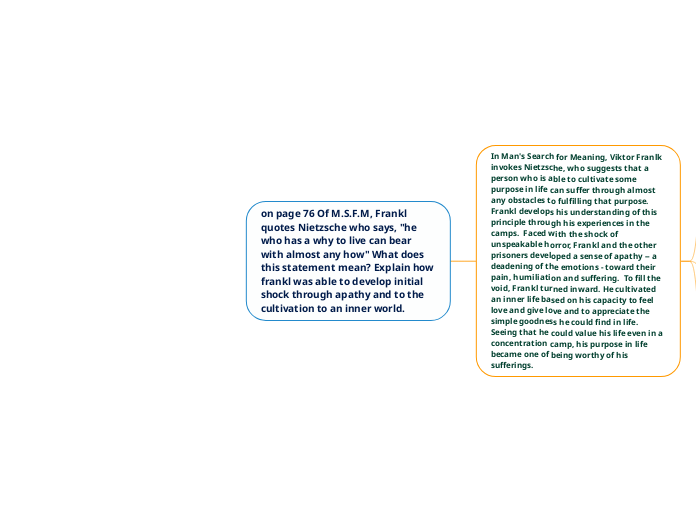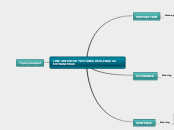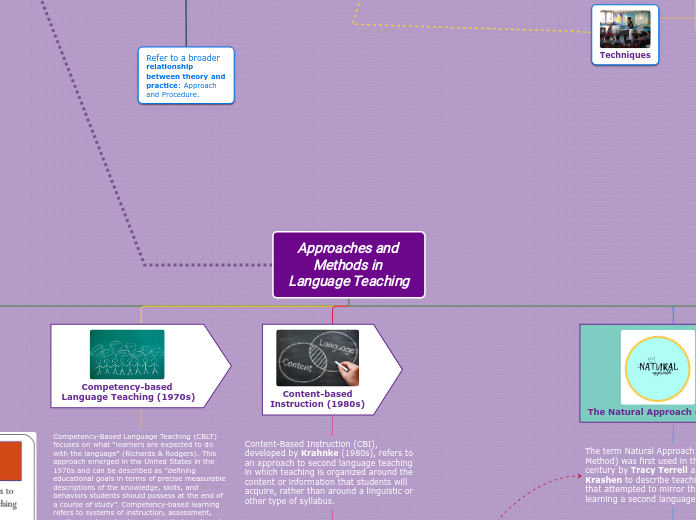Linguistic terms and concepts
Types of linguistics or branches of linguistics
Semantics
People learn the meaning of words in a basic fashion at first, but then as facility with a language grows, more complex meanings emerge. Semantics explains the various types of meaning that exist within a language, granting insight into how a person builds ability and understanding with that language.
In addition is the subfield that studies meaning. Semantics can address meaning at the levels of words, phrases, sentences, or larger units of discourse.
The use of semantics
Semantics is the study of meaning in language. It can be applied to entire texts or to single words
Two terms that are related to semantics are connotation and denotation. Connotation refers to the meanings that we associate with the word-beyond the literal dictionary definition. The connotation of a word includes all of the emotions and feelings that go along with the use of the word. Denotation includes the literal definition of the word.
The aim of semantics is to discover why meaning is more complex than simply the words formed in a sentence
Examples of Semantics:
A toy block could be called a block, a cube, a toy.
A child could be called a child, kid, boy, girl, son, daughter.
The word "run" has many meanings-physically running, depart or go (I have to run, spent (it has run its course), or even a snag in a pair of hose (a run in my hose)
destination" and "last stop" technically mean the same thing, but students of semantics analyze their subtle shades of meaning.
Phonology
Part of linguistics that studies the phonemes or theoretical descriptions of the vowel and consonant sounds that make up a language
study the use of sounds in a language
It's important because
a sound in English may not exist in Spanish, but sound similar to another generating confusion
"three" is not pronounced with the "t" of Spanish but that difference is imperceptible if you are not trained to listen to it, training your ear
Syntax
Linguistic discipline that studies the order and relationship of words or phrases in sentences, as well as the functions they fulfill.
Refers to
Is the set of rules, principles, and processes that govern the structure of sentences (sentence structure) in a given language, usually including word order
Syntax states the rules for using words, phrases, clauses and punctuation, specifically to form sentences
Syntax is the order or arrangement of words and phrases to form proper sentences. The most basic syntax follows a subject + verb + direct object formula.
Example.
That is, "Jillian hit the ball." Syntax allows us to understand that we wouldn't write, "Hit Jillian the ball."
Morphology
Part of linguistics that studies the rules that govern the inflection, composition and derivation of words.
studies
The morpheme is the minimum representative unit or minimum linguistic sign and as a sign that it is it has meaning and signifier that is called morph
Signifier= morpho
Meaning = Morpheme
It analyzes the structure of words and parts of words, such as stems, root words, prefixes, and suffixes. Morphology also looks at parts of speech, intonation and stress, and the ways context can change a word's pronunciation and meaning. ... These are understood as grammars that represent the morphology of the language
examples include table, kind, and jump. Another type is function morphemes, which indicate relationships within a language. Conjunctions, pronouns, demonstratives, articles, and prepositions are all function morphemes. Examples include and, those, an, and through
Phonetics
Part of linguistics that studies the sounds of languages
studies human sounds
called
phonemes
different at letters of the alphabet
Example
In American English the / ɑ: / and / ɒ / are a vowel, so calm (calm) and cot (cot) have the same vowel.
